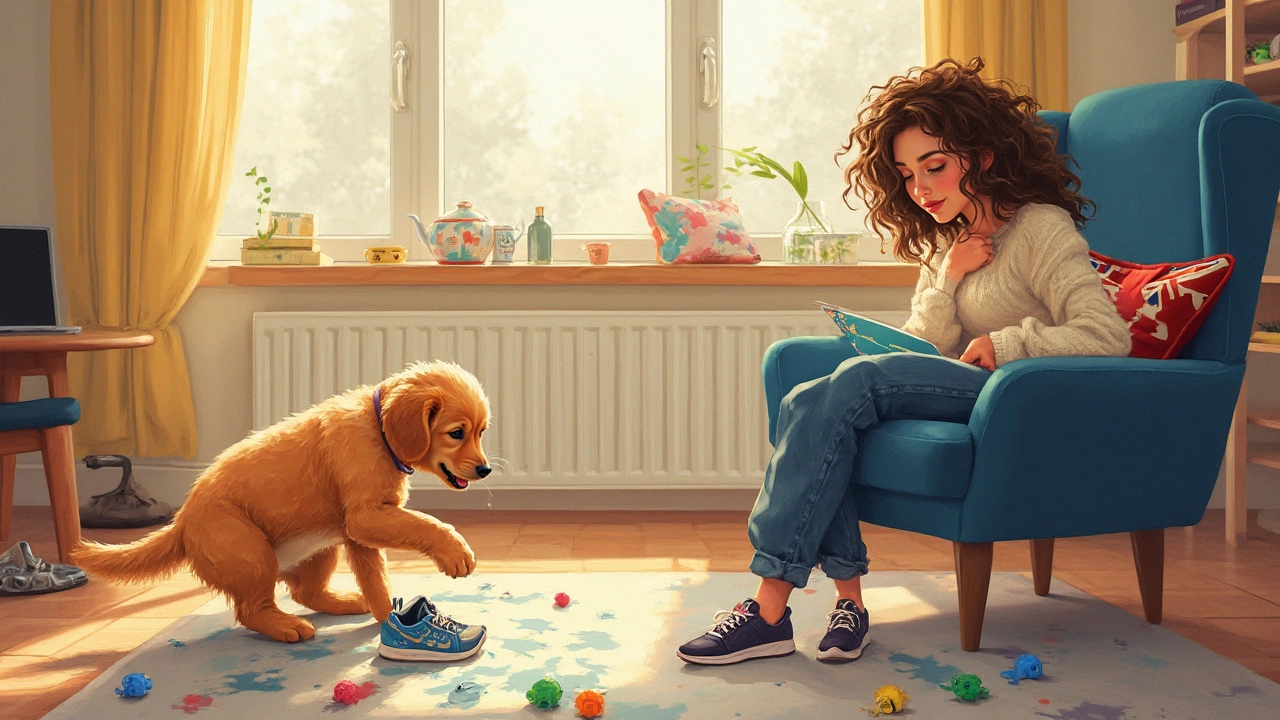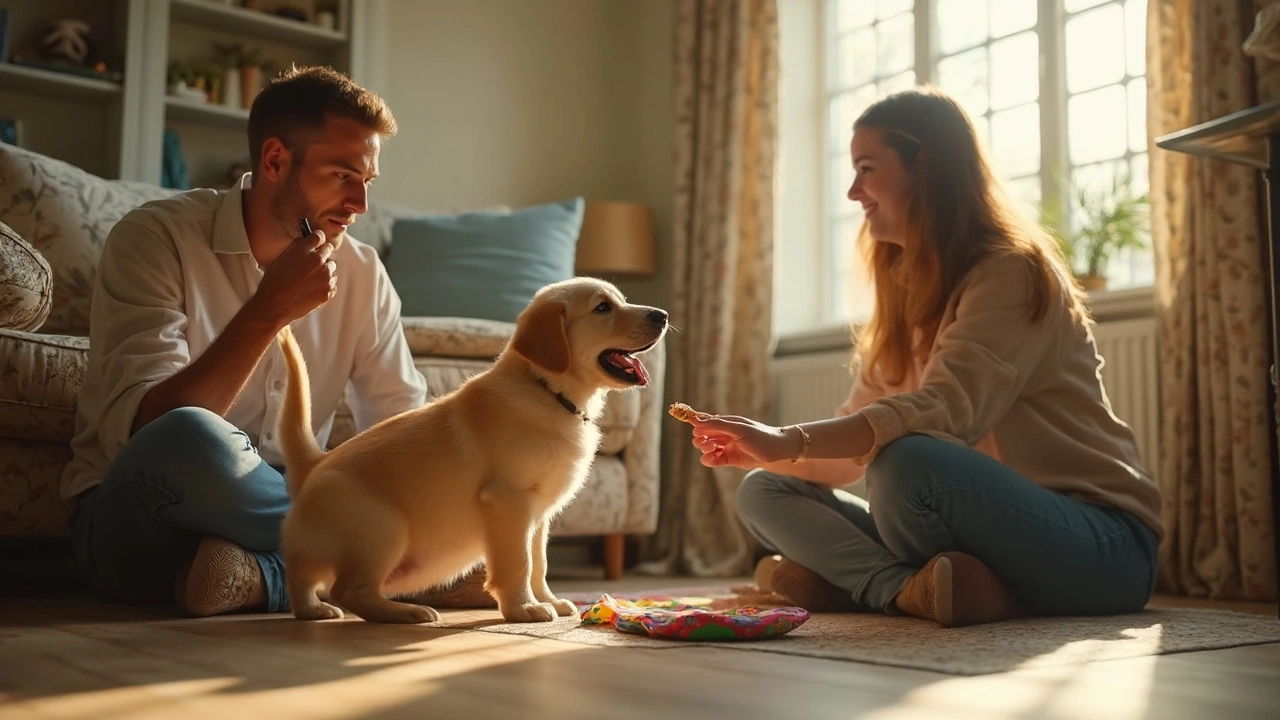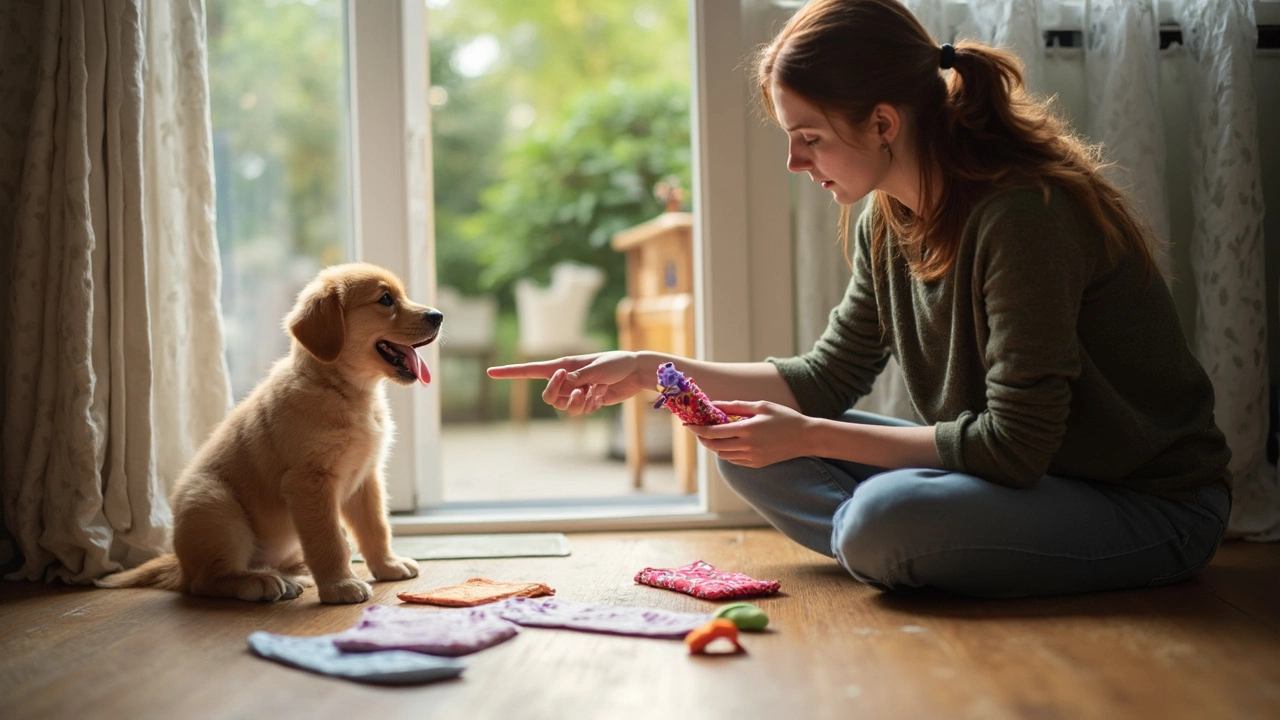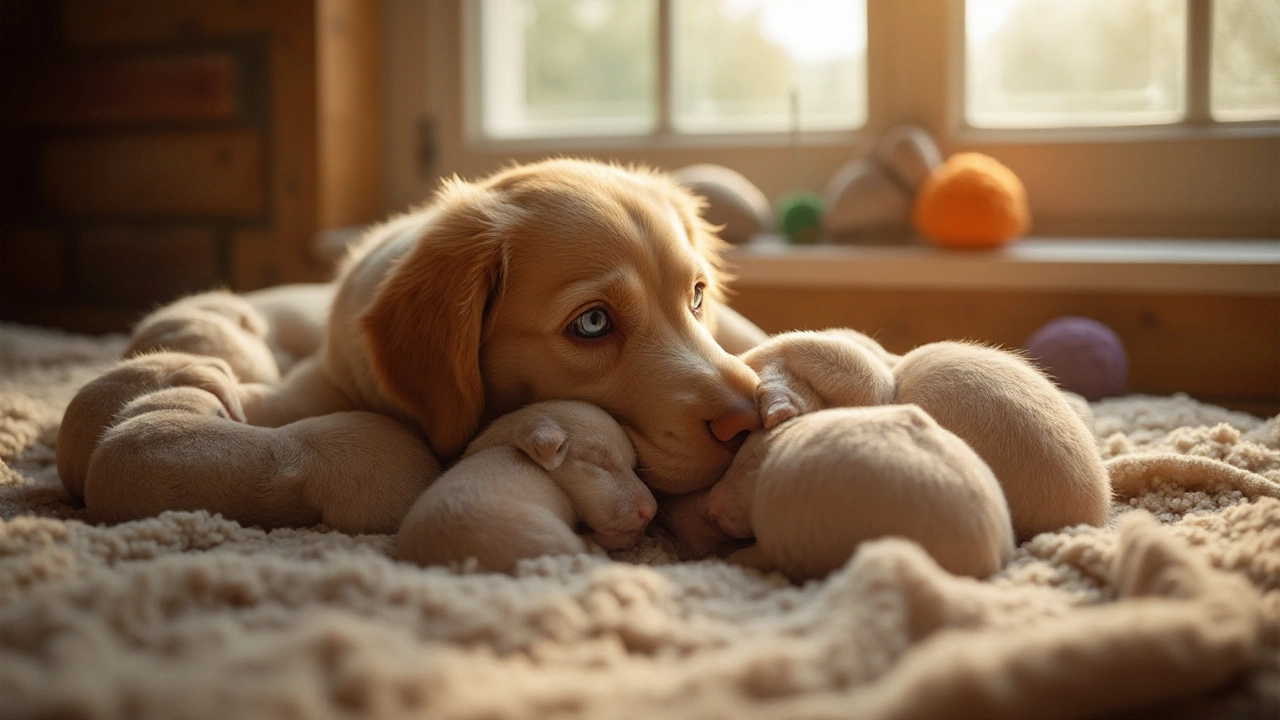Puppy Toys: Your Quick‑Start Guide to Safe, Fun Play
If you’ve just brought home a wiggly pup, the first thing you’ll notice is the endless chewing. A good toy isn’t just a distraction; it’s a tool for dental health, boredom busting, and confidence building. Below you’ll get the basics of picking the right chew, what to avoid, and a few tricks to make toys last longer.
What Makes a Toy Safe?
Start with material. Rubber, nylon, and tough rope are the stand‑outs. They won’t splinter like cheap plastic and can survive a puppy’s bite force. Look for toys labeled “non‑toxicity certified” or “vet approved.” If the toy has loose parts, throw it out – even a small piece can cause choking.
Size matters too. A toy that’s too small can be swallowed; too big, and the pup can’t get a good grip. A handy rule is: the toy should be at least as long as the puppy’s snout and wide enough that it can’t fit through the mouth completely.
Top Types of Toys for Teething Puppies
Rubber Chews – Think KONG Classic or similar. They’re durable, can hide treats, and give the puppy a rewarding scent when they chew. Freeze them for extra soothing.
Nylon Bones – Great for aggressive chewers. The texture helps clean teeth while the toy stays solid.
Rope Toys – Perfect for interactive tug‑of‑war. Keep them clean by soaking in hot water and squeezing out excess moisture after each play session.
Soft Plush – Only pick those with reinforced stitching and no squeaker insert. They’re good for gentle gnawing but should be swapped out as soon as they show wear.
Mix and match. A rubber chew for solo play, a rope for a quick game with you, and a plush for bedtime cuddles keep your pup interested and reduce boredom‑driven mischief.
At Nelson's Equestrian and Pet Supplies we stock a curated range of these safe toys, all tested for durability and pet‑friendliness. When you shop with us, you’ll find clear labels, material info, and even size recommendations for each breed.
Quick care tip: after each play session, inspect the toy for fraying or cracks. A quick wash in warm, soapy water keeps germs at bay and extends the toy’s life.
Remember, no toy lasts forever. Rotate toys every few weeks – it keeps the novelty fresh and encourages your puppy to explore new textures. If you notice your pup losing interest, it’s usually a sign the toy is getting worn or the puppy’s chewing needs have changed.
Finally, supervise the first few minutes of any new toy. You’ll see how your puppy attacks it, whether they chew aggressively or prefer gentle nibbling. That early observation helps you pick the next toy that matches their chewing style perfectly.
With the right toys, your puppy will grow strong teeth, a calm mind, and a happy habit of chewing the right things. Happy playing!
Puppy Toys: Navigating the Most Difficult Age for Your Pup
Raising a puppy comes with plenty of high-energy moments, but nothing tests your patience like the dreaded chewing stage. This article breaks down the most difficult age for a puppy and why it sends so many pet owners searching for the right toys. Get real advice for surviving this challenging time, understand what's going on in your puppy's mind, and find tips that make life easier for everyone involved. We'll also talk about the toys that can save your shoes, your furniture, and your sanity.
Puppy Pee Problems: How to Handle Accidents in the House
Punishing a puppy for peeing in the house can backfire and set back their training. This article covers better ways to react to accidents and how to teach your pup where to go. Find out how puppy toys and play can help with training, why timing is everything, and common mistakes owners make. Packed with practical tips and real-life examples, this guide helps you raise a happy, well-behaved puppy.
How to Potty Train a Puppy: Simple Steps for Stress-Free Results
Struggling to potty train your puppy? Here’s a straight-forward guide packed with realistic tips, fun tricks, and practical advice to help you speed up the process. Discover why the right puppy toys can make training easier, and learn how to tackle accidents without stress. This article covers timing, supervision, rewards, and more. Potty training doesn’t have to be overwhelming—get ready for cleaner floors and a happier pup.
Understanding When to Touch Newborn Puppies
Newborn puppies are fragile and require careful consideration before being handled. This article explores the best practices for interacting with three-day-old puppies, including when and how to touch them safely. It also delves into the importance of the mother-puppy bond and the role that appropriate toys can play in stimulating the puppies' development. Tips for ensuring a safe and healthy environment for puppies are also included.



